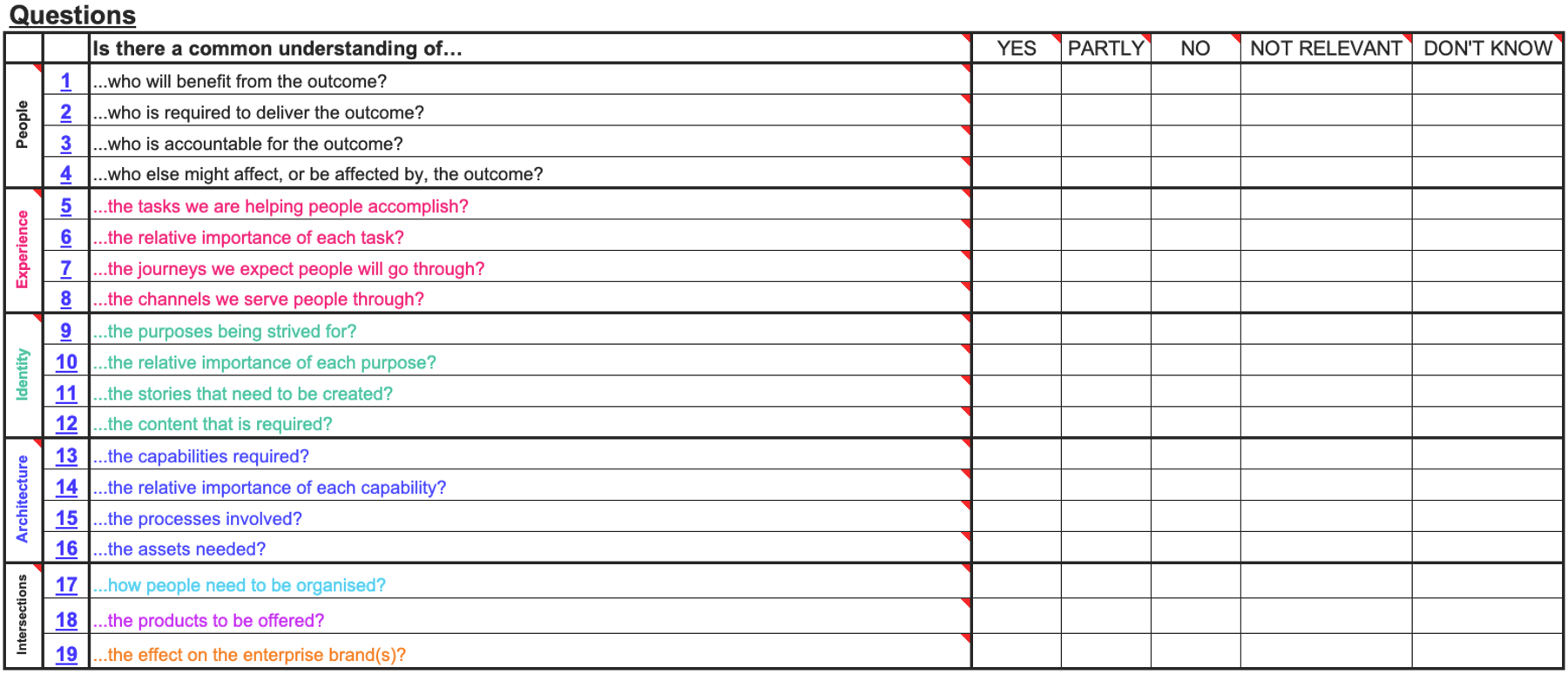In Swedish, there’s an interesting verb: "att killgissa." This word combines "kille" (meaning "guy" or "young man") and "gissa" ("to guess" or "assume"), making the literal translation something like "to guyguess." When I typed it into Google Translate, it amusingly returned "to kidguess", which isn’t far from its actual meaning.
For those unfamiliar with the term, killgissa is when someone—often with a high degree of confidence—makes a claim despite having limited knowledge or evidence. It’s largely a form of guessing or assuming with conviction, and it appears that men are more prone to this behaviour than women. I once read that this tendency may even correlate with testosterone levels; the higher your testosterone, the more likely you are to killgissa.
While many might view this behaviour as inherently negative—confidently asserting something without adequate knowledge—I’m not convinced it always is. In fact, a certain level of killgissning can sometimes be beneficial. Often, we lack all the facts and must make our best educated guess, or make our best assumptions based on the information available at that given time. Let’s explore this idea further, particularly through the lens of Dave Snowden's Cynefin framework.

In essence, killgissning isn’t inherently negative. Its reputation suffers because we, men in particular, often apply it in situations where it’s less appropriate, such as Clear and Complicated contexts. However, in Complex and Chaotic situations, a degree of killgissning may be not only useful but essential.
This leads to the question: how much killgissning can we tolerate? Studies indicate that 70% (Gartner), 80% (McKinsey), and even 88% (Bain & Company) of transformation initiatives fail. I wonder how much of this is due to excessive killgissning. Ideally, successful change initiatives should balance between Complicated and Complex contexts. If you find yourself moving into the Caos context it is likely to mean the project is veering toward failure.
The answer is to find the right balance—enough killgissning to move forward without overwhelming a project. In complex initiatives it can for example be good to apply Agile methodology, enabling teams to make educated assumptions, test them, and adjust based on feedback (a sort of a controlled killgissningi). In Complicated projects it may be more appropriate to move closer to some sort of a waterfall methodology, aiming to rely as much on facts as possible, including a limited but strategic level of killgissning to avoid analysis paralysis.
Since killgissning is integral to many change initiatives yet can also contribute to failure, how can we manage it? Here are two suggestions:
After leading a project to implement a communication and collaboration solution across two gymnasiums, 28 grade schools, and over five preschools, I began to think that there had to be a better way to achieve alignment. Although the project was very successful by everybodies standards, in fact one of my most significant accomplishments, the time and effort required, from me and a handful of key team members, to ensure that everyone was moving in the same direction toward a common goal was a lot. I therefore started to wonder if there didn't exist some sort of tool or methodology out there to help and make this easier.
While exploring various books and frameworks—many of which I still rely on—I eventually discovered EDGY from the Intersection Group. EDGY is the only framework I've found that offers not only a simple yet sufficiently comprehensive holistic perspective on any enterprise but also facilitates effective communication across all perspectives, breaking down silos in the process. However, EDGY has a limitation as it primarily provides a conceptual model rather than actionable tools.

To address this gap, I, in collaboration with my colleagues at the Intersection group, developed the Enterprise Scan. While it won’t solve every challenge related to change or transformation, it helps eliminate assumptions around alignment amongst people. The Enterprise Scan enables teams to work based on facts rather than relying on assumptions or killgissning. The Enterprise Scan allows teams to verify that they’re on the same page and aligned on various aspects of their initiatives, reducing misunderstandings and fostering cohesion.

To learn more about the Enterprise Scan, you can find all relevant information at www.enterprise.design. It's a free resource, like EDGY and all other tools from the Intersection Group.
To get assistance with implementation, feel free to reach out to me on my LinkedIn Profile.
Did you like this blog post? Never miss an update when we publish next:
ENTERPRISE DESIGN PATTERNS
Capturing a wealth of experience from many sources, four world-class enterprise designers and architects present a collection of 35 immediately applicable solutions to successful enterprise design.
Buy the book